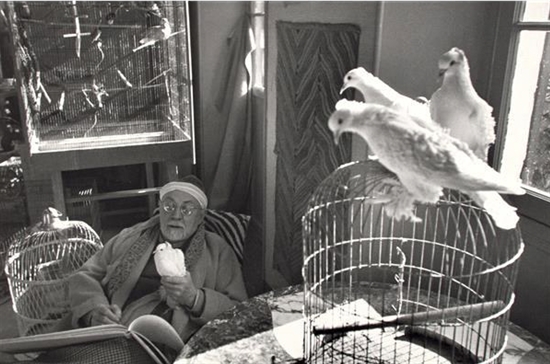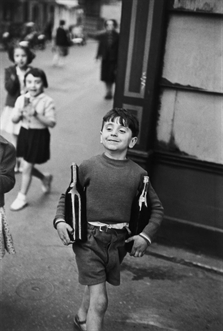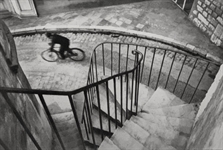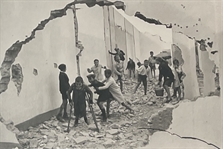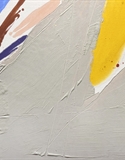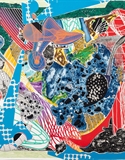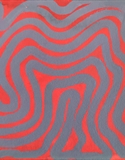About This Lot
"The great French painter captured by the great French photographer in a medium quite different from Matisse’s own is more than a portrait; this is a photographer paying respect to a painter. It depicts Matisse holding a white dove in his left hand while sketching the bird in an album, but the eye is first drawn to a burst of white in the right foreground of three other doves on a cage. Shot across the room from the artist himself, the doves and the setting bring the viewer closer to the peaceful and sublime nature of Matisse more than a shot of only his face. It is as much about the sitter’s environment, that reflects his personality, than solely Matisse himself, making this portrait particularly unique." - Holden Luntz
Henri Cartier-Bresson was a French photographer and filmmaker known as a pioneer of street photography. His dramatic black-and-white works are among the most iconic images of the 20th century. The artist is perhaps best known for his 1952 book The Decisive Moment, originally titled Images à la Sauvette (Images on the Run), the book explored his notion of photography as a candid medium. “To take a photograph means to recognize, simultaneously and within a fraction of a second‚ both the fact itself and the rigorous organization of visually perceived forms that give it meaning,” Cartier-Bresson once explained. Born on August 22, 1908 in Chanteloup, France, he studied painting with André Lhote before becoming a photojournalist in the 1930s. He counted Man Ray, André Kertész, and Eugène Atget as major influences to his practice. Over the decades that followed, he travelled all over the world capturing scenes in Africa, Europe, and Mexico. Joining the French resistance during the Nazi occupation, the photographer was captured and spent three years in a prison camp. In 1947, the artist helped found the cooperative agency Magnum Photos with Robert Capa, David Seymour, George Rodger, and William Vandiver. Cartier-Bresson went on to receive the Grand Prix National de la Photographie in 1981 and the Hasselblad Award the following year. He died on August 3, 2004 in Montjustin, France at the age of 95. Today, the artist’s works are held in the collections of The Museum of Modern Art in New York, the Tel Aviv Museum of Art, the National Gallery of Canada in Ottawa, and the Los Angeles County Museum of Art, among others.



